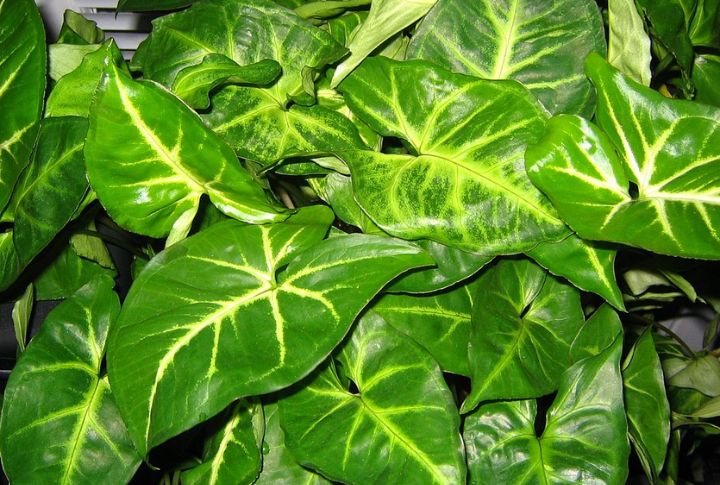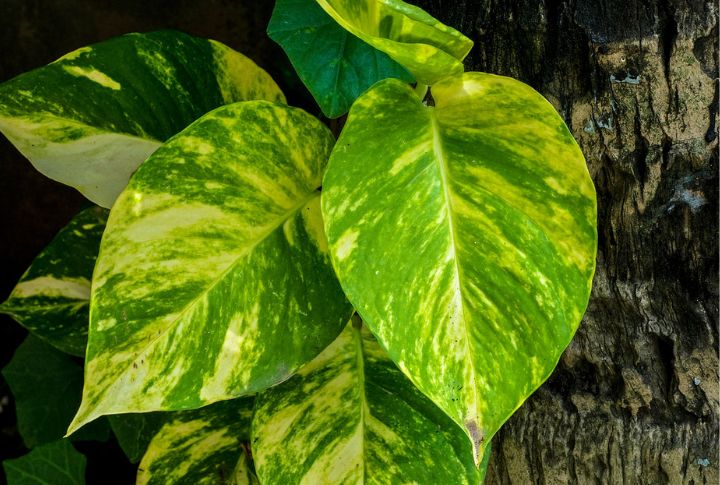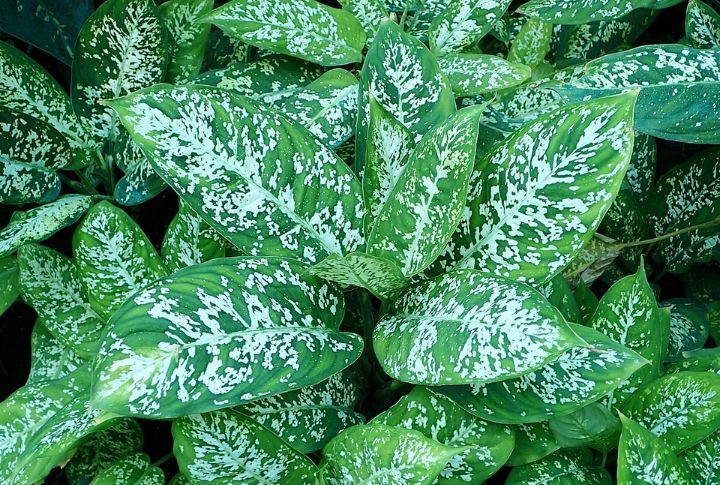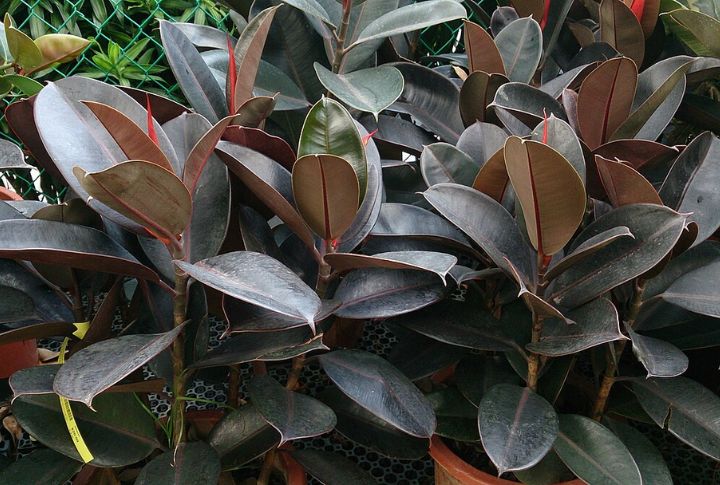
A glass jar, a snipped stem, and a sunny windowsill—that’s all it takes to start something lush. Some houseplants don’t need soil to thrive; they need a bit of water and patience. These ten leafy wonders grow tall and bring a splash of green to any corner indoors.
Monstera Deliciosa

Slits and holes on the leaves aren’t just for show—Monstera deliciosa thrives on dramatic flair. This rainforest native roots fast when a stem is snipped below a node and placed in water. Mist it often, avoid harsh light, and refresh the water weekly to help those striking roots develop beautifully.
Fiddle Leaf Fig

The fiddle leaf fig is definitely a diva. Its roots grow slowly, often taking weeks, especially when placed in water. After trimming a stem and letting it callus, you can place it in water, but sphagnum moss or moist soil might give better results. Consistency and steady light are key to preventing leaf drop.
Arrowhead Vine

Fast-growing and eager to expand, arrowhead vine roots within days of hitting water. Grab a stem with a node, trim extra leaves, and give it filtered light. As it matures and climbs with support, it can grow impressively large. Also, prune regularly to control its size or encourage more branching.
Philodendron

If you cut just below a node, roots show up quickly—often within 10 days. Even beginners find philodendrons easy to propagate. Place the cutting in a glass near indirect sunlight and enjoy watching those white roots shoot out. You can also support it with a moss pole or bookshelf and watch it climb confidently.
Pothos

A vine of Pothos can easily be snipped and placed in water, with roots typically appearing in just two weeks. It thrives without needing much attention, whether in terms of light or a strict routine. Longer vines create more opportunities for cuttings, leading to a constant flow of new plants.
Dieffenbachia

Due to its harmful sap, dieffenbachia should be kept away from pets. Rooting the plant is easy, however. Simply choose a stem with one or two nodes, place it in water away from direct sunlight, and wait 2–4 weeks. If you see any yellow leaves, refresh the water and reset the cutting to encourage stronger roots.
Dracaena

Dracaena doesn’t need bells or whistles to make an impact—its growth is tall, sleek, and simple. With a piece of cane stem placed upright in water away from bright light, the plant grows gradually. Once rooted, it brings height and sculptural grace to the room without much maintenance.
Umbrella Tree

The umbrella tree, known for its vibrant, glossy leaves, grows quickly and effortlessly when given the right conditions. To start, cut a stem with several leaflets and place it near a bright window. Roots will form quickly, and once planted, the plant thrives with regular pruning, clean water, and warmth.
Anthurium

Anthurium is elegant and exotic yet surprisingly chill about water propagation. Clip a stem with a leaf and node, and let it root in shallow water. It prefers warmth and humidity, so place the jar in a bathroom, kitchen window, or steamy laundry nook—anywhere cozy enough to coax out those tropical roots.
Rubber Plant

Looking for a future indoor tree? The rubber plant delivers. Take a tall stem, rinse off the sap, and place it in water—though rooting hormone helps, as water alone isn’t always reliable. Warmth, high humidity, and filtered light improve your chances. If roots develop, they’ll grow thick and anchor the plant well.

